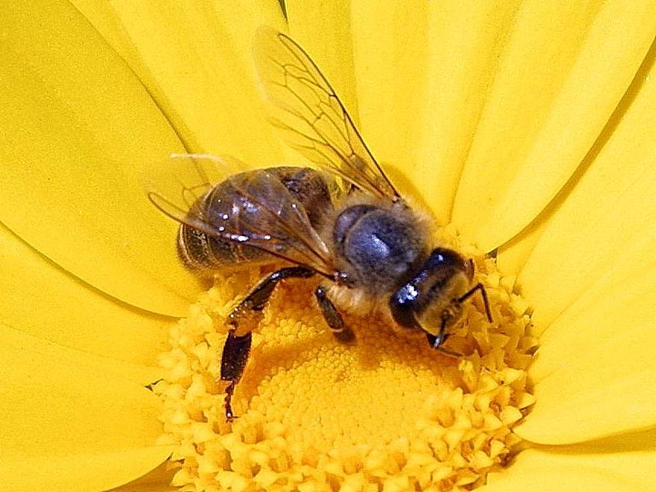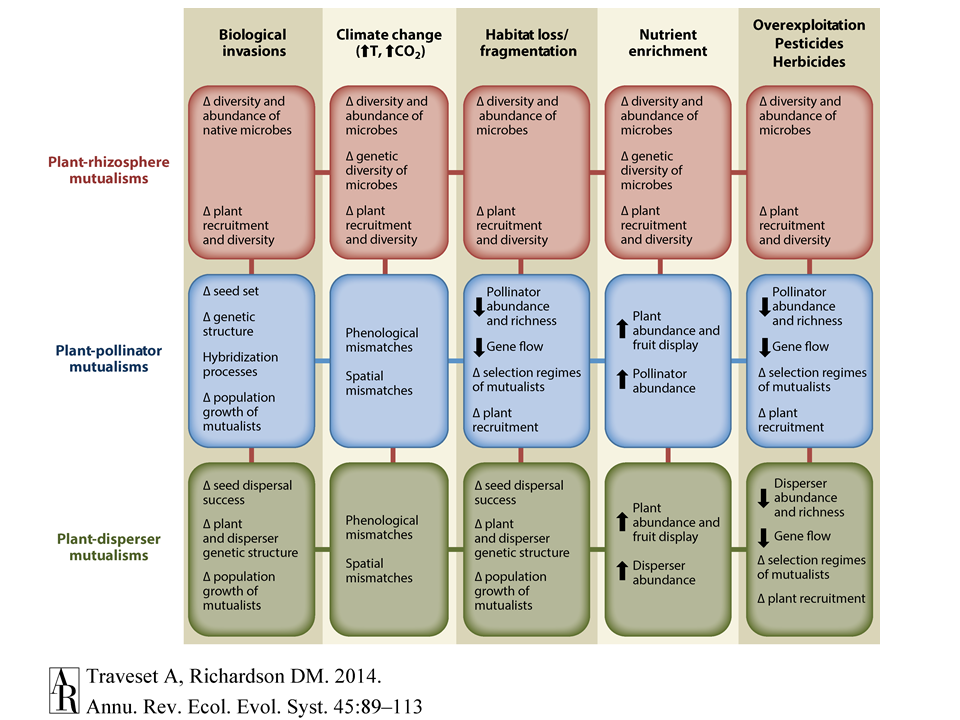Identifying a successful invader in mutualistic communities
A recent paper by former C·I·B student Dr Ony Minoarivelo and C·I·B core team member Prof Cang Hui explored the features of alien species and invaded ecosystems that may influence the success of alien species.
Comments Off on Identifying a successful invader in mutualistic communities
19 September 2016


